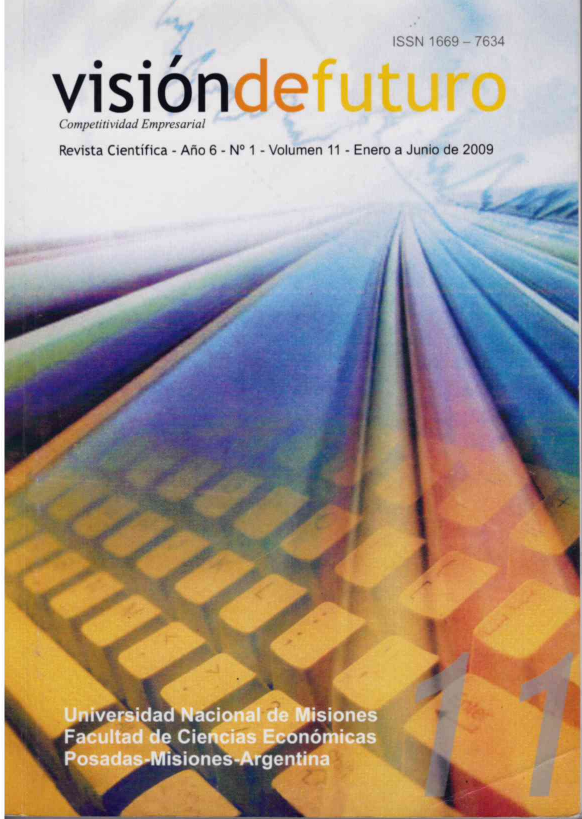The maximization of the benefits for population’s public health through decision making in public investments
Keywords:
Decision making; Sanitation; Public health; InvestmentsAbstract
The objective of this article is to present the necessity to develop a method for support to the decision making, for the public management which considers quantitative and qualitative aspects. The problem of lack of long term actions and strategies integrated between the federated entities within the public administration, engage the effectiveness of the profits of public investments in the sector of basic sanitation for the improvement of life quality and the population’s public health. The application ofresources in public health is observed, to diminish the effects whose causes would be eliminated, by a conscious administration, which searches for the solution of the causes and the maximization of the profits. The study of the presented case, carried out the correlation between the indices of collection and treatment of sewage system, in the large Brazilian regions, with the infant mortality rates of these same regions. The results verify the existing correlation and aim towards the necessity of integration of public policies with prevention objective.Downloads
Published
How to Cite
Issue
Section
License
License
The works published in this magazine are under the Creative Commons Attribution-NonCommercial 2.5 Argentina license.
Important: The author is the owner of the rights to exploit the contents of the article of his authorship.
You are free to:
Share — copy and redistribute the material in any medium or format.
Adapt — remix, transform and build from the material.
The licensor cannot revoke these liberties as long as you follow the terms of the license.
Under the following terms:
Attribution - You must give appropriate credit, provide a link to the license, and indicate if any changes have been made. You may do so in any reasonable way, but not in a way that suggests that you or your use is endorsed by the licensor.
Non-Commercial - You may not use the material for commercial purposes.
There are no additional restrictions - You cannot apply legal terms or technological measures that legally restrict others to make any use permitted by the license.




















